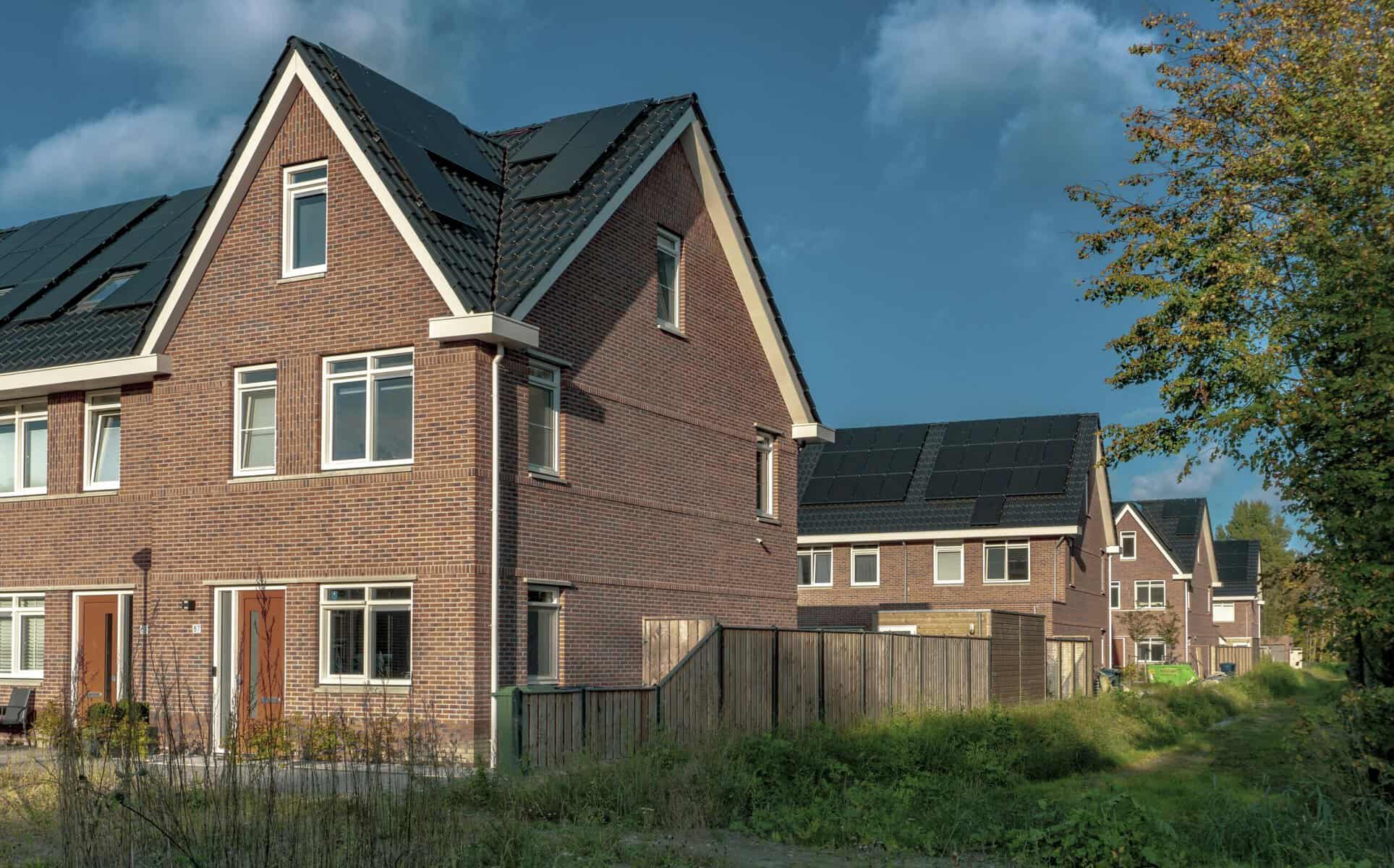You’ve seen solar panels soaking up the sun, turning rays into electricity. But what happens when the sun goes down? That’s where solar batteries come in, turning your home into a round-the-clock power station. If you’re serious about maximizing your solar investment, understanding batteries is key. Let’s break it down.
RELATED: How the Solar Battery Installation Process Impacts Your Home
How Do Solar Batteries Work?
Solar batteries store energy by converting the electricity generated by your solar panels into a storable form. Here’s how the process works:
- Energy Generation: Solar panels absorb sunlight and convert it into direct current (DC) electricity.
- Energy Conversion: An inverter, if necessary, converts DC electricity into alternating current (AC) electricity for immediate use in your home.
- Battery Storage: If there’s excess electricity that your home doesn’t immediately need, the battery stores it by using chemical reactions that hold the energy in a stable form.
- Power Retrieval: When solar production is low (like at night or on cloudy days), the battery releases stored energy, converting it back into electricity for your home’s use.
- Energy Distribution: Smart energy management systems can help determine when to store power, when to use it, and when to send excess energy back to the grid.
Depending on how much energy you’re generating and storing, you may even be able to earn credits through incentives like the Wattsmart Battery Program and net metering.
The Role of Solar Batteries in Energy Storage
Think of solar batteries like a high-tech pantry for your electricity. During the day, your solar panels generate more energy than you use. Instead of letting that excess go to waste, solar batteries store it for later. When the sun sets or clouds roll in, your home can tap into that stored power, keeping your lights on and your bills low.
These batteries use chemical reactions to capture and hold energy. Most modern home batteries are lithium-ion, the same tech that powers your phone—just much bigger and way more powerful. When your solar panels produce electricity, that energy is converted into a chemical form inside the battery. When needed, the process reverses, turning stored energy back into usable electricity for your home.
Managing Excess Energy and Battery Storage Limits
Your battery’s got limits, and once it’s full, any extra energy needs to go somewhere. If you’re connected to the utility grid, excess energy is pushed back, often earning you credits on your electricity bill. Some systems allow you to direct overflow power to specific appliances or electric vehicles. But if you’re off-grid and have no way to use or store the excess, it’s simply lost.
To maximize efficiency, many homeowners integrate smart energy management systems that optimize battery usage. These systems can prioritize battery storage during peak solar hours and seamlessly switch to stored energy when demand rises, ensuring you get the most from your solar setup without unnecessary waste.
How Long Does Stored Power Last?
The storage life of solar batteries depends on the type and usage. Lithium-ion batteries hold power for several days and last around 10–15 years. Lead-acid batteries, while cheaper, store power for a shorter period and last about 3–5 years. Flow batteries, though less common, can hold energy longer without degrading.
Most homeowners use their stored energy within 24–48 hours, but in the event of a power outage, a well-sized battery bank can keep essential appliances running for days. This makes solar batteries an excellent solution for those living in areas prone to blackouts or severe weather conditions.
Battery Lifespan and Maintenance
While solar batteries are built to last, proper maintenance can extend their lifespan. Keeping them in a temperature-controlled environment, monitoring charge cycles, and ensuring firmware updates are applied can help preserve performance. Lithium-ion batteries require minimal maintenance, but lead-acid variants need regular checks to ensure efficiency.
Solar Panels vs. Batteries: Which One Matters More?
If you’re debating between adding more panels or more batteries, the right answer depends on your energy goals. More solar panels make sense if you have net metering and can sell excess energy back to the grid or if you mainly use power during daylight hours. Investing in more solar batteries is smarter if you want energy independence, backup power during outages, or to avoid high evening electricity rates.
Finding the Right Balance
The ideal setup usually involves a mix of both. With enough panels to generate ample power and a battery system to store it, homeowners can achieve near-total energy independence. This setup ensures that energy is available when needed most, whether that’s at night, during a storm, or in the middle of a power outage.
The Future of Solar Battery Technology
As solar battery technology advances, solar storage solutions are becoming more efficient and cost-effective. New developments in solid-state batteries and expanded lithium-iron-phosphate (LFP) options are improving lifespan and energy density, making solar batteries an even smarter investment. Some companies are even exploring sodium-ion batteries, which promise lower costs and increased availability of materials.
Innovations like vehicle-to-grid (V2G) technology also allow electric vehicles to double as backup power sources for homes, further integrating renewable energy into daily life. As storage technology evolves, homeowners can expect more flexible, long-lasting, and affordable options for solar energy storage.
So, what’s your move? Keep relying on the grid, or take control of your energy future? With the right solar battery setup, the choice is yours—day or night. The future of energy is in your hands.
If you’re ready to take control of your power bill, contact Purelight Power. Our experts work hard to ensure you get the best system possible for your needs, whether it’s a solar battery, solar panels, or a new roof. Don’t believe us? Just check out our thousands of 5-star reviews on Google.




